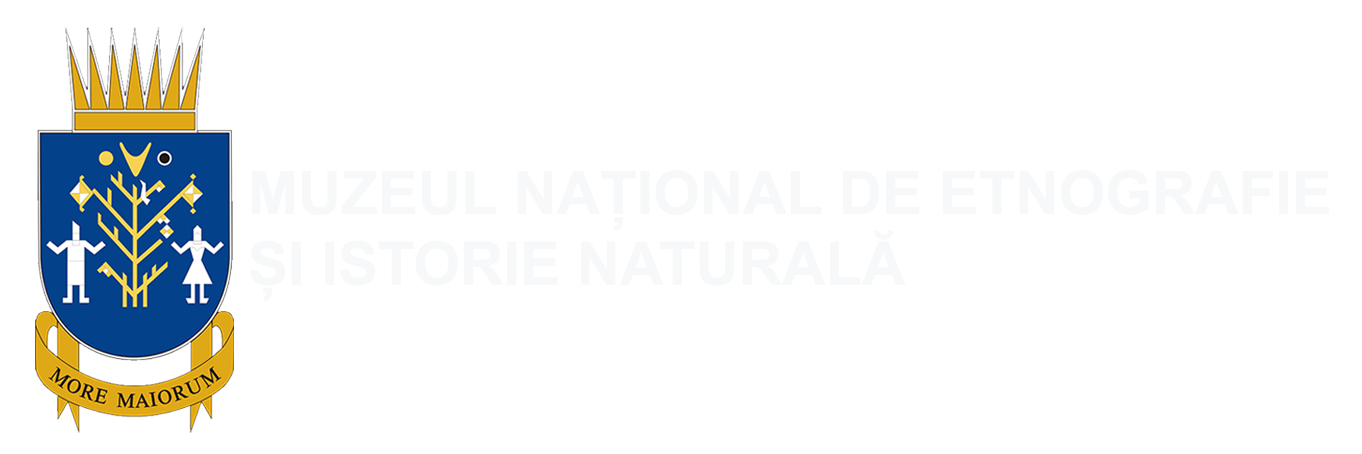Expoziţia acestui mare compartiment al Muzeului vizează aspectele dezvoltării poporului şi a culturii tradiţionale în contextul relaţiilor om-natură, demonstrate pe exemplul Moldovei. Accentul principal revine de astă dată culturii, înţeleasăca fiind „a doua natură" creată de om. Prin piese autentice se conturează specificul moştenirii noastre etnice, sinteza agropastorală susţinută de îndeletnicirile tradiţionale, meşteşugurile şi ocupaţiile casnice, se prezintă măsura etnică de amplasare în mediul natural a aşezărilor, de creare a locuinţei şi a arhitecturii, reconstituind integritatea vieţii populare în care munca, obiceiul, ritul se întrepătrund în mod firesc. Primul complex este o reprezentare generalizată a specificului naturii şi culturii în perioada constituirii statului feudal moldovenesc. Picturamurală (autor P. Belogorţev) ilustrează legenda despre Dragoş - întemeietorul statului şi, totodată, demonstrează specificul mediului natural din acea perioadă istorică, care a determinat în bună parte îndeletnicirile de bază ale populaţiei. Uneltele de muncă expuse pe podium, piesele arheologice din vitrine, documentele şi izvoarele scrise confirmă această relaţie. Porţile împărăteşti de la altarul unei vechi biserici din lemn, lada pentru zestre pe care este expusă o veche Biblie constituie probe ale spiritualităţii strămoşilor noştri, creştinaţi încă în primele secole ale erei noastre. Două personalităţi marcante: Ştefan cel Mare - apărător al păcii şi creştinătăţii, ctitor al lăcaşurilor sfinte, şi Dimitrie Cantemir - domnitor şi filosof - sunt figurile de vârf pe care le-a imortalizat istoria neamului. Reconstrucţia unui segment al zidului cetăţii medievale de la Orheiul Vechi relevă importanţa acestui monument în cultura noastră.
